Introduction
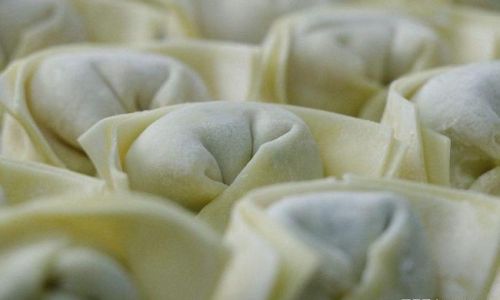
When it comes to culinary delights that transcend cultural boundaries, pork-stuffed dumplings, or jiaozi in Mandarin, stand out prominently. These bite-sized wonders encapsulate a perfect blend of flavors, textures, and aromas, making them a favorite among food enthusiasts worldwide. Whether you’re enjoying them as a hearty meal, a light snack, or part of a festive celebration, pork-stuffed dumplings offer an unparalleled dining experience. However, achieving the perfect boil time for these dumplings can be a delicate balance. In this comprehensive guide, we’ll delve into the intricacies of boiling pork-stuffed dumplings, exploring various factors that influence cooking time, tips for ensuring optimal results, and even some creative variations to elevate your dumpling experience.
Understanding the Basics of Boiling Dumplings
Before diving into the specifics of how long to boil pork-stuffed dumplings, it’s crucial to grasp the fundamental principles behind this cooking method. Boiling is a moist-heat cooking technique where food is submerged in boiling water until cooked through. In the context of dumplings, boiling serves several purposes:
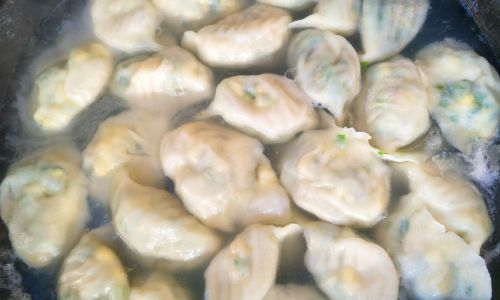
- Cooking the Filling Evenly: Boiling ensures that the heat penetrates the dumpling’s exterior, cooking the pork filling evenly without overcooking the wrapper.
- Maintaining Moisture: Unlike frying or baking, boiling helps retain moisture within the dumpling, resulting in a juicy, tender bite.
- Ease of Preparation: Boiling is relatively straightforward, requiring minimal equipment and supervision.
Factors Influencing Boiling Time
Several variables can impact how long you should boil pork-stuffed dumplings. Understanding these factors will help you tailor the cooking process to your specific needs and preferences.
- Dumpling Size: Larger dumplings require more time to cook through compared to smaller ones. The thickness of the wrapper and the amount of filling also play a role.
- Wrapper Type: Traditional dumpling wrappers made from wheat flour cook faster than those made from alternative ingredients like rice paper or vegetable wraps, which may need different handling.
- Filling Composition: Pork mixed with vegetables or other ingredients may cook at different rates than pure pork fillings. Moisture content and density of the filling are key considerations.
- Boiling Temperature: Maintaining a consistent boil is crucial. Water should be at a rolling boil before adding the dumplings and kept at that temperature throughout cooking.
- Altitude and Humidity: Environmental factors like altitude and humidity can subtly affect boiling times. Higher altitudes, for instance, may require slightly longer cooking due to lower atmospheric pressure.
Step-by-Step Guide to Boiling Pork-Stuffed Dumplings
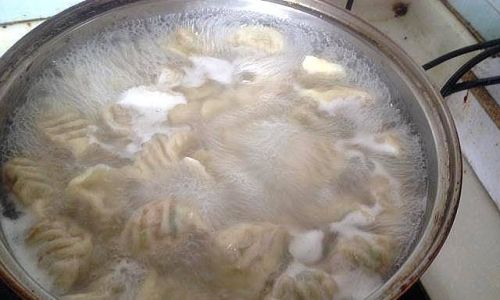
Now, let’s walk through the process of boiling pork-stuffed dumplings step-by-step, incorporating the insights discussed earlier.
Preparation:
- Fill a Large Pot with Water: Use enough water to fully submerge the dumplings without overcrowding. Aim for a ratio of about 2-3 inches of water per layer of dumplings.
- Bring Water to a Rolling Boil: Place the pot on high heat and bring the water to a rolling boil. This ensures that the dumplings start cooking immediately upon being added.
- Prepare the Dumplings: Ensure your dumplings are sealed properly to prevent leakage. If you’ve made them fresh, they should be ready to go. If frozen, thaw them slightly before boiling to avoid excessive waterlogging.
Boiling:
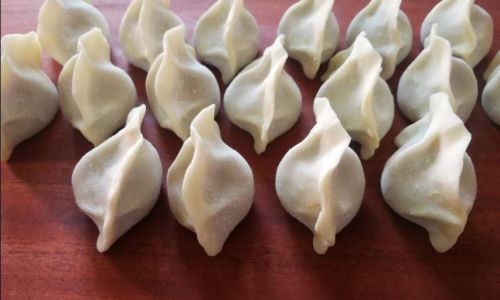
- Add Dumplings to Boiling Water: Carefully drop the dumplings into the boiling water using a slotted spoon or your hands (if you’re confident in handling hot water). Avoid overcrowding the pot; it’s better to cook in batches to maintain water temperature and ensure even cooking.
- Stir Gently: Immediately after adding the dumplings, gently stir them to prevent sticking to the bottom or each other. Use a wooden spoon or spatula to avoid scratching the pot.
- Cooking Time: For standard-sized pork-stuffed dumplings with wheat flour wrappers, aim for a boiling time of about 5-7 minutes. Start checking at the 5-minute mark by gently lifting a dumpling with a slotted spoon. If the wrapper looks translucent and the filling appears cooked (no pink meat visible), they are likely ready. For larger or thicker dumplings, add an extra 1-2 minutes.
- Test for Doneness: The best way to check if dumplings are done is by biting into one carefully (let it cool slightly first). The filling should be cooked through, and the wrapper should be tender but not overly soft or mushy.
Draining and Serving:
- Remove Dumplings: Once cooked, use a slotted spoon to transfer the dumplings to a colander or plate lined with paper towels to drain excess water.
- Serve Hot: Pork-stuffed dumplings are best served immediately while hot. You can pair them with a dipping sauce made from soy sauce, vinegar, sesame oil, and chopped garlic or ginger for added flavor.
Creative Variations and Tips for Perfect Dumplings
While boiling is a classic method, there are several variations and tips to elevate your pork-stuffed dumpling experience:
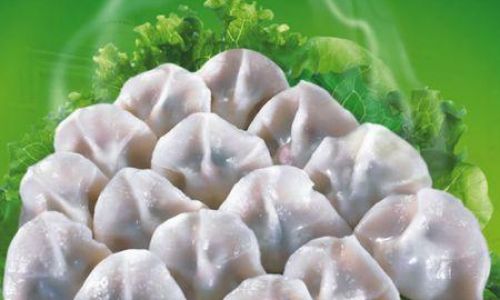
- Pan-Fried Dumplings (Gyoza): For a crispy exterior, try pan-frying the dumplings until the bottoms are golden brown before adding a small amount of water to the pan and steaming them until cooked through.
- Steamed Dumplings (Baozi): Using a bamboo steamer or metal steam basket, steam the dumplings over boiling water for about 10-15 minutes. This method retains more moisture and offers a softer texture.
- Soup Dumplings (Xiaolongbao): These are filled with a hot, savory broth that bursts in your mouth when bitten. Special care must be taken to ensure the broth doesn’t leak during cooking, often involving a double-wrapper technique.
- Freezing Dumplings: If you want to prepare dumplings ahead of time, freeze them on a baking sheet before transferring to an airtight container. Boil from frozen, adding an extra 2-3 minutes to the cooking time.
- Flavor Infusions: Experiment with different spices and herbs in the filling, such as five-spice powder, green onions, or cilantro, to create unique flavor profiles.
- Healthy Alternatives: Use whole wheat or gluten-free wrappers to cater to dietary preferences. You can also substitute some of the pork with mushrooms, tofu, or other plant-based proteins for a healthier option.
Conclusion
Boiling pork-stuffed dumplings is an art that balances precision with creativity. By understanding the factors that influence cooking time and following a structured approach, you can achieve perfectly cooked dumplings that delight the senses. Whether you stick to the classics or explore innovative variations, the joy of sharing a plate of hot, steaming dumplings with loved ones remains timeless. So, the next time you gather around the table, remember: the perfect boil time for pork-stuffed dumplings is just a step towards creating unforgettable memories. Happy cooking!
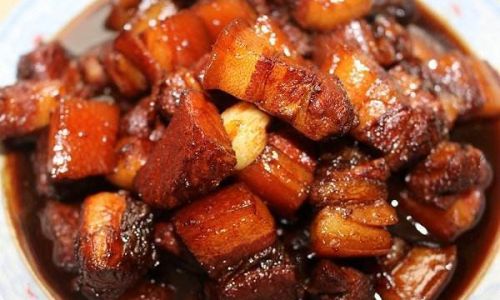
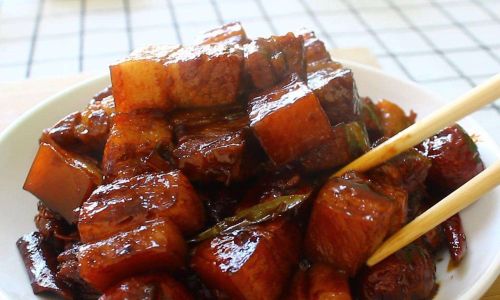
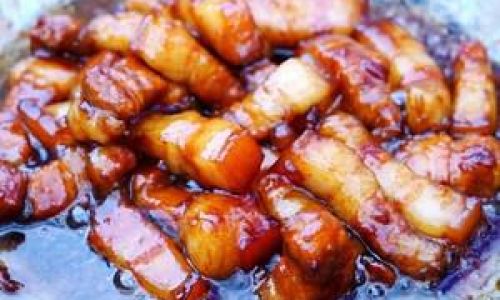
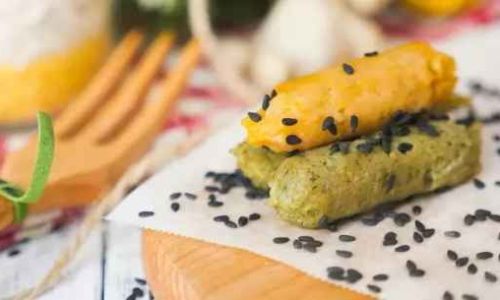
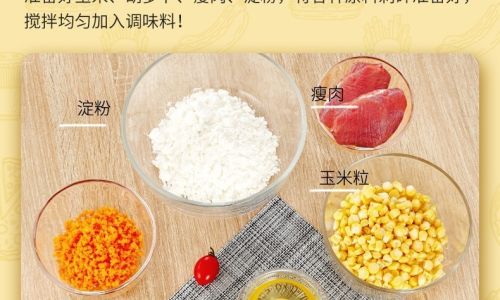
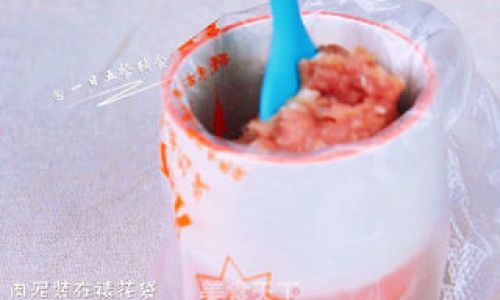
0 comments